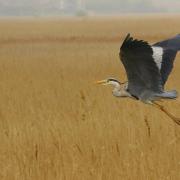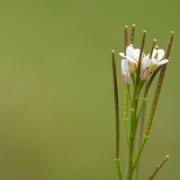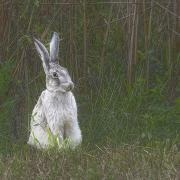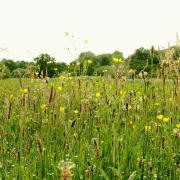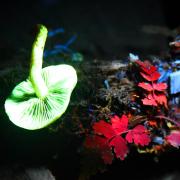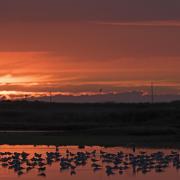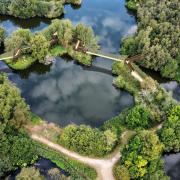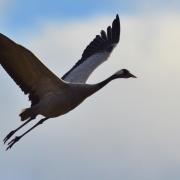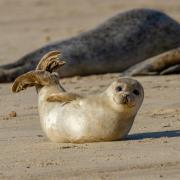1 The swallowtail butterfly, only found in Norfolk, wouldn’t look out of place in a tropical rainforest, but instead chooses to live on the Broads. It’s Britain’s largest butterfly and has survived thanks to two sets of “false eyes” on its tail, fooling dim-witted predators that it’s a two-headed butterfly and therefore somewhat of a risky snack.
2 The Norfolk hawker is one of only two brown hawker dragonflies found in Britain and lives in the Norfolk Broads, occasionally making a day trip over the border to Suffolk. This elusive insect spends most of its life underwater, only climbing out for a few weeks to fly in late May and June.
3 The burrowing rove beetle is only found in Norfolk. Adept at tunnelling, rove beetles have a neat trick: When threatened, they curl their abdomens up like a scorpion.
4 They make many people shudder, but some of the rarest spiders can be found in Norfolk.The cardinal spider has the longest legs of any European spider and can be found exclusively in the east, particularly Norfolk. Hopefully not in your bath.
5 Bitterns breed in Norfolk in greater numbers than anywhere else in East Anglia, or indeed Britain. It is thought male bitterns may be bigamists with up to five mates each. In a rather Shakespearean manner, other males moving into an established territory are stabbed – or beaked – to death.
6 Norfolk is famous for its lavender farm, but it’s also the only place in the country where matted sea lavender grows.The plant grows in six 10km squares on the north Norfolk coast and grows in cushions rather than carpets (on drier sandy margins, not on soft furnishings).
7 The Cromer crab belongs to the species Cancer Pagurus, but the north Norfolk variety are smaller than those from other parts of the country and also sweeter and meatier. No one is quite sure what makes the crabs different to their cousins across the country, but it is thought it could be the fortunate combination of sand, chalk and flint on the seabed without mud which can taint the meat.
8 The scarce emerald damselfly is a rare flash of green discovered in Breckland after experts believed the species had become extinct in Britain.
9 The basil-thyme case bearer moth only lives in Breckland, bizarrely favouring to inhabit the rabbit-grazed verges of the A11 around Thetford. There are no prizes for guessing which plant it likes eating best.
10 Not strictly a Norfolk species, but last summer, there were two very unusual tourists who visited the north of the county.Two bright pink Chilean Flamingos were spotted in Cley on June 18 and 19. The next day, they’d flamingo-ne.




